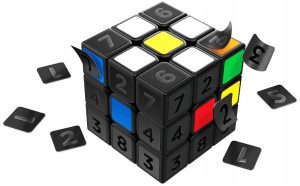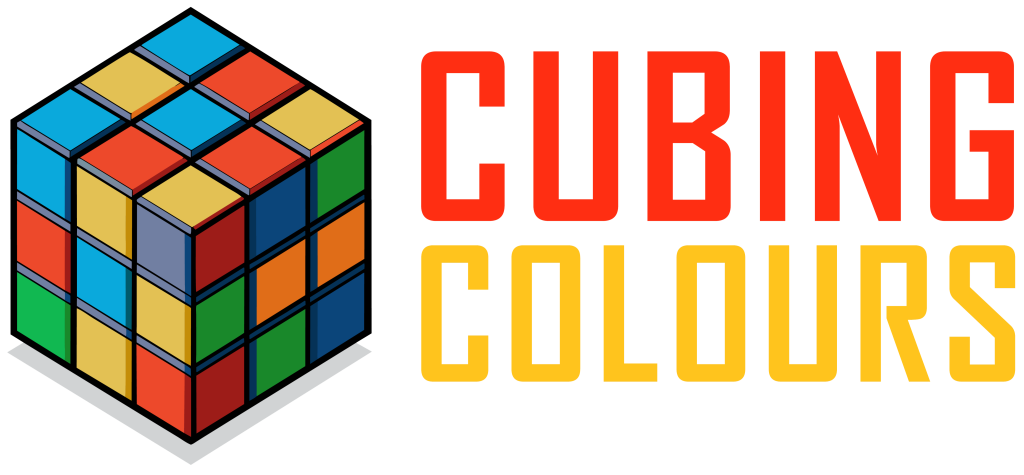How the Rubik’s Cube is made

The Rubik’s Cube may appear deceptively simple at a glance, but underlying its bright colours is an intriguing design and manufacturing process. Learning how it’s put together—not merely how to solve it—can make your cubing experience all the more enjoyable.
Rubik’s Cube’s Core Design
The traditional Rubik’s Cube consists of 26 pieces, each belonging to one of three types:
- 8 corner pieces with 3 colored stickers on each
- 12 edge pieces, with 2 colored stickers on each
- 6 centre pieces, with 1 colored sticker on each that are stuck and cannot move
These components rotate around a central core. This Rubik’s Cube internal mechanism is a feat of design. The core design allows for smooth rotations while maintaining the alignment of colours. If you’ve ever wondered how Rubik’s Cubes are assembled, it involves placing these pieces onto a central axis with precise calibration to ensure both durability and movement.
Understanding the Structure: Layers, Faces, and Colours
The Rubik’s Cube has:
- 3 layers: Top, middle, and bottom
- 6 faces: Front, back, left, right, up, and down
- 6 standard colours: White, yellow, blue, green, orange, and red
Centre pieces determine the colour of each face. The red centre piece being on one face means that eventually, all red edge and corner stickers should be aligned there.
If you’re just starting out, understanding these Rubik’s Cube basics for beginners is essential before jumping into solving.
Rubik’s Cube Production Process
Ever wondered how are Rubik’s Cubes manufactured? Here’s a glimpse into the production of Rubik’s Cubes:
Plastic moulding Rubik’s cube: ABS plastic of superior quality is injected into moulds—this way, each component remains light but durable.
Sticker application or colour printing: The older versions had stickers, but the latest Cubes usually have colour-printed plastic tiles.
Assembly: The Rubik’s Cube is hand-assembled in the majority of factories. Edge and corner pieces are inserted by workers into the central core structure.
Lubrication and testing: Lubricants may be inserted for easy rotation. Quality control inspects the movement and strength of the Cube.
An inside look at a Rubik’s Cube factory would reveal rows of incomplete Cubes, painstaking manual assembly, and tension and alignment testing. Some YouTubers have even captured video of a Rubik’s Cube factory tour, giving enthusiasts an idea of what’s involved in the Cube’s transformation from components to puzzle.
Want to learn how to solve one yourself? Visit our step-by-step cube tutorials for easy methods and strategies.
Common Beginner Mistakes
Most novices get a single side of the Cube done and think they’re halfway there—solving a face is not the same as having the Cube solved. Sometimes, side stickers will not be aligned with their centre pieces, so the pieces are in the wrong position.
Suppose you solve the white face:
A white-red-blue corner should have its red and blue stickers pointing towards the red and blue centre pieces.
If they’re not, that piece is out of place, no matter how all white stickers are on top.
Appreciating this is key to moving beyond beginner levels.
Why This Matters
Understanding how Rubik’s Cubes are manufactured, the materials involved, and the internal mechanism can enhance your enjoyment of the puzzle. It’s not merely about solving—it’s about relating to an interesting piece of engineering, innovation, and design history.
What Materials Are Used in Rubik’s Cubes?
Rubik’s Cubes are mainly made from ABS plastic, known for its strength, durability, and smooth finish. Some advanced cubes use nylon or polycarbonate for better performance.
Speedcubes may also include magnets for added stability and use silicone-based lubricants to reduce friction. These materials ensure a long-lasting and smooth experience.
The Genius of Rubik’s Cube Design
The Rubik’s Cube is not just a toy; it’s a wonder of mechanical engineering and international production. Whether you’re simply learning the fundamentals or investigating Rubik’s Cube advantages and design, understanding both the structure and how the cube works internally can make your solving process easier and more rewarding.
So the next time you turn a face or spin a layer, keep in mind: there’s an entire universe of plastic shaping, mechanical engineering, and generations of development driving every motion.

